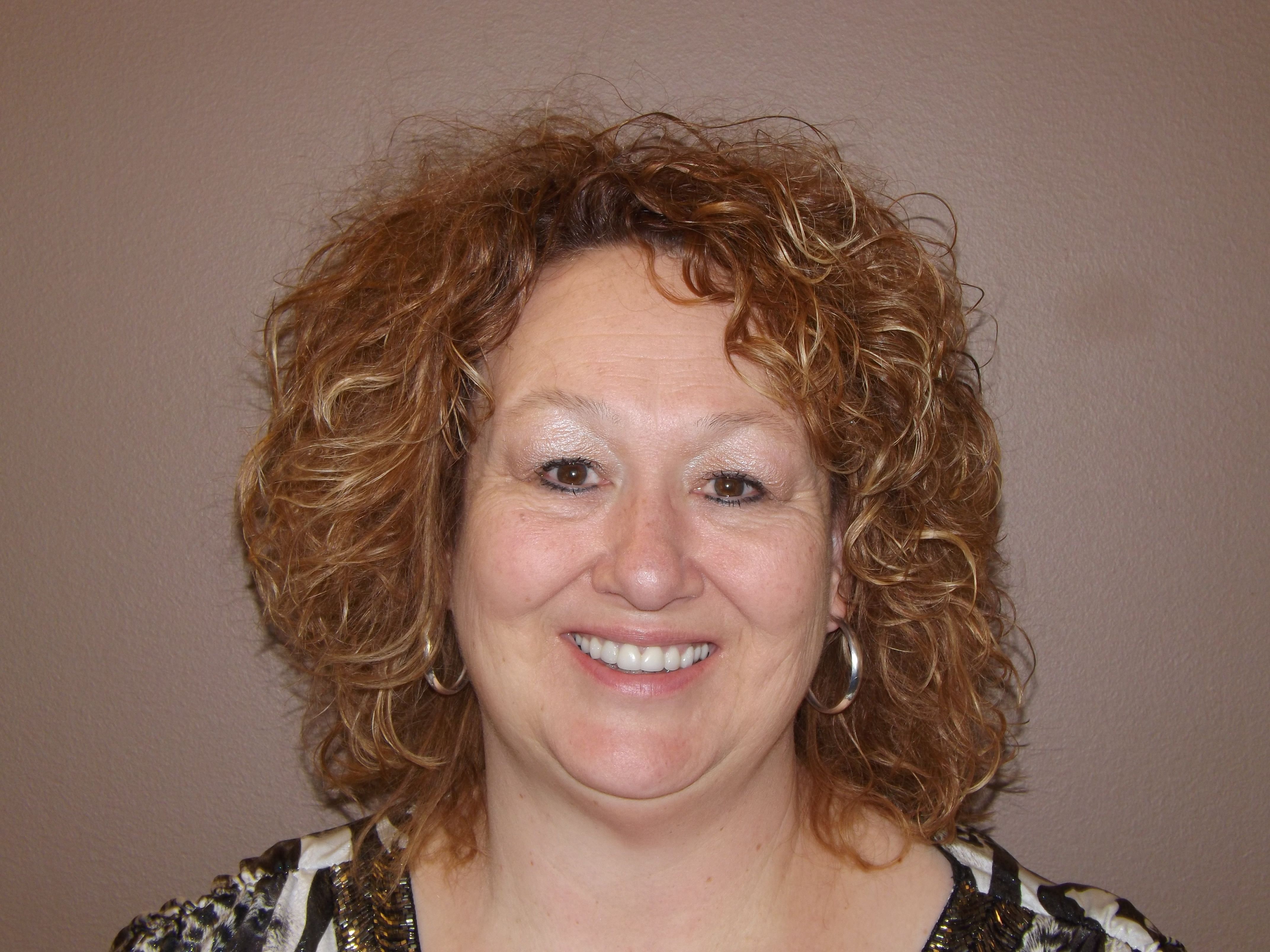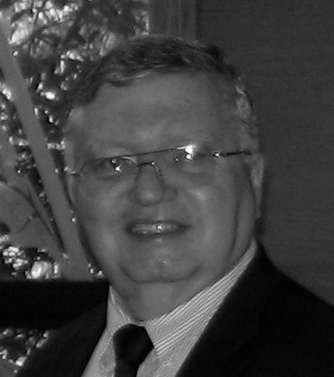Avoiding injury with ergonomics
In part one of Dental Product Report's three-part series on ergonomics, Kevin Henry, DPR Group Editorial Director, spoke with dental professionals to get their take on the importance of good ergonomic practices. Check out Part 2 and Part 3 of the series for more insight into ergonomic practices and benefits.
In part one of Dental Product Report's three-part series on ergonomics, Kevin Henry, DPR Group Editorial Director, spoke with dental professionals to get their take on the importance of good ergonomic practices.
Check out Part 2 and Part 3 of the series for more insight into ergonomic practices and benefits.
For many of us, in our younger years, we thought we were indestructible. We pictured ourselves as Superman or Wonder Woman, with whatever harm that might come our way simply bouncing off of us.
As we age, we quickly learn that some of those bullets that we thought we deflected actually did some harm. That’s the case with many dental professionals, who work for years before one day discovering that the way they have been sitting or holding an instrument has done irreversible harm.
In this article, we talked to some dental professionals who have an “I wish I knew then what I know now” attitude when it comes to ergonomics and proper positioning in the operatory. They have endured surgeries and have had their careers shortened.
They have some advice for you, and they hope you listen to it before it’s too late.
Related reading: Part 2: The biggest ergonomic mistakes dental professionals make

Millie Echevarria Thaw, RDH
I was in a car accident about three years ago. The lady who hit my husband and I totaled her car. My husband had to have shoulder surgery. I walked away from the accident thinking I hadn’t suffered any damage. A few months went by and I started having pain in my neck and back. I realized then that I had suffered some damage. I underwent physical therapy for 18 months and required a few weeks off before I could return to working as a hygienist, and even then had to cut back to just one day per week (Saturday) for four hours.
When I returned to work, my neck was what I noticed more than anything. I discovered that the fiberoptic cables for my light were still too heavy to wear around my neck. To this day, I still can’t even wear a heavy necklace around my neck. I also can’t wear sneakers because my feet need more support.
I now have a rolling backpack that I bring with me to the operatory. I purchased my own set of instruments through American Eagle and every three months I check them to make sure they are going to help me, not hurt me. My office also invested in the lighter lead apron from DUX Dental because it was hard for me to lift the heavier lead aprons. My office will provide a lot of things, but I don’t want to take the time to look for items when I get there. I spend a lot of time putting it together, but it’s worth it to me.
I started noticing that hygienists have a tendency to keep their heads down when they work. That’s the worst possible scenario. My advice is to invest in your own profession. You’re only as good as your equipment so get the best loupes and equipment that you can. If you don’t pay attention to what you are doing, your body will take a beating. If you’re causing constant trauma to your body, you’re not going to be a hygienist for long.
Related reading: Part 3: The economics of ergonomics

My problem was my right elbow. I thought it was hurting from the way that I was using the computer (to this day, I still can’t use a mouse with a computer). One day I started thinking about all of the times I reached up to adjust the light or the way that I was holding the instruments. I used every elbow brace there was but nothing seemed to help. Eventually, I went to physical therapy for 18 months and that was followed by surgery. To this day, I can’t bring a carry-on onto the airplane because I can’t lift it into the overhead space … and really that’s the point. When you hurt yourself, it doesn’t just affect your career … it affects your life.
I look back now and realize the cumulative damage that I was doing to my elbow, but the time frame when I actually had pain to the surgery was just a couple of years. Think of all the years before that I was doing something to hurt myself and it didn’t show up.
When I first started in hygiene, ergonomics wasn’t a concept that was taught. It didn’t even exist. You know those pieces of equipment that they use as examples of the wrong way to do things? That’s what we were using for years.
There’s a joke that I use in my lectures and it always gets a response from the audience. I ask how many hygienists in the crowd have gone a half or full day without even taking time to go to the bathroom. Let’s face it … if we don’t take care of our bladders, do we really think we’re taking care of the rest of our bodies? The fact is that hygienists are caregivers and we put ourselves second to the needs of our patients. Those of us who have been practicing for some time are starting to realize that and the toll that it has taken on us. My main message is that hygienists have to take care of themselves. You can’t help anyone else if you don’t take care of yourself. There’s a saying … You can’t give from empty pockets. It’s so true.
You have to ask yourself some very simple questions and be honest with your answers. Can you financially handle not being able to work? Can you really afford not having an income stream? When your elbow hurts, it’s more than just an ache or a pain. You have to realize that and you have to take care of yourself.
Related reading: How to handle daily pain in the dental office before it becomes chronic [VIDEO]

Edie Shuman-Gibson, RDH, MS, MAADH
When I graduated from hygiene school in 1985, I immediately began working six days a week in a production mill of a dental practice. I burned out quickly and realized that isn’t how I wanted to practice. I moved to Colorado in 2001 and went back into full-time practice. In 2002, I went to my first ultrasonics course and was blown away by what I didn’t know. Right after that course, I started using ultrasonics. I also began sitting properly and using loupes. Eighteen years after I began practicing, I reinvented how I was working. That one course changed my world. It was truly a matter of I didn’t know what I didn’t know.
I soon purchased my own ultrasonics, stool, and loupes. I started taking stretch breaks in between patients. I thought pain was just a part of my job, but I suddenly learned there was a different way to practice.
In 2009, I started having serious problems. I couldn’t hold my instruments because I suddenly couldn’t grip them. I went to the doctor and I was diagnosed with degenerative disc disease, foraminal stenosis, and bony spurs protruding into my spinal cord. Ten days later, I was on the operating table undergoing spinal surgery. C5-7 are now fused.
Since that day, I’ve wanted to tell my story to everyone who would listen. I have been teaching occupational pain prevention in the hopes of keeping others from going through what has happened to me. My main message has been that hygienists and dental professionals need to take responsibility for their career and their bodies. If you’re a hygienist, buy your own things that will help you further your career. Don’t want for the dentist to buy them for you. If you don’t think you can afford loupes, check with the manufacturer. Every loupe company has some kind of a payment plan. I believe the tripod of ergonomics includes your stool, instruments, and loupes. If you don’t have everything you need in these areas, you’re taking a chance on shortening your career.

I have been a dental assistant for almost 33 years. I know even way back in school they talked about posture and the proper way to sit in the chair… but the truth is, sometimes we are bent over in all kinds of positions, just trying to get the best viewpoint.
So here I am, all those years later, and I have bad knees and a bad back. I have found two things that have helped me tremendously: good arch support for my shoes and a chair with a lot of support.
Years ago, we didn’t talk about our shoes and how important they were. Now we know that the arch support in our shoes helps to support our spine and knees and promotes less wear on our joints, including hips. I not only wear supportive shoes, but I also use custom orthotics for extra support.
One of the biggest things I’ve recently done to help me is purchase a new chair for my office. Either in my office or chairside to my doctor, I find that my hips must be higher than my knees. This puts less pressure on my knees and back when standing up, especially for long periods of time.
Finding what works for me is important. After all, this is a career I plan on pursuing for many more years!

Dr. Michael Couch
I learned a lot from Dr. Omer Reed, who in his 80s is still practicing dentistry today … even though he has never sat down to deliver dentistry. I used to teach four-handed dentistry at the University of Colorado and I’ve seen things swing way too far on the pendulum. We’ve gone from everyone teaching four-handed dentistry to the money drying up and now very few schools are teaching it. We’ve gone from all standing to all sitting. This is causing problems to get worse, not better. Until dental schools realize that they have to teach well-being, problems are only going to continue to get worse because young dentists only know what they are taught.
A recent survey showed that 29.5 percent of dentists and likely more hygienists retire early because of musculoskeletal issues. To me, that’s a big problem and it’s a problem that is being pushed to the background. I believe we have to bring it forward for the sake of our profession.
Dentists and hygienists put themselves in terrible posture positions because they have to be able to look in the mouth and actually see what they are doing. We’re never taught how to properly use a mirror. If we are, we stop using it because it fogs up or we don’t like seeing things in reverse. People are going to keep bending over until the vision problem is solved. Those terrible postures build and build into harmful positions that do damage to the body. It’s like the proverbial frog in the pot of boiling water. If we knew the damage we were doing to our bodies, we would immediately stop. However, we don’t feel the pain immediately, so we keep with the poor postures until it’s too late.
I recently had a client of mine who had been out of school for less than 10 years call me and say something just wasn’t right. When I got to his practice, he told me he had just returned from seeing the chiropractor. He also told me that he had to use an inversion table 30 minutes each day. He asked if that was normal and we told him it absolutely wasn’t. We looked at his stools and they were terrible. We recommended he switch to the RGP Swedish Stool and it made all of the difference for him. Sometimes, we just need to make a small correction to make all of the difference in the world.
And let’s not forget that it isn’t just the back office team that has ergonomic issues. The people at the front desk are constantly fighting back and neck pain because of how their workstations are set up.
Our biggest piece of advice is to simply be aware of what you’re doing on a daily basis. Just like we teach teamwork in all phases of the dental practice, we believe the team has to be looking out for factors that will cause harm to their coworkers as well. When I was practicing, the dental assistant wouldn’t hand me an instrument until I was seated properly. Our bodies are meant to move and not stay in a neutral or, worse, a harmful position. If you put yourself in a bad posture position for a long time, you’re going to have big problems. Take some time to learn proper posture and position, then make the change to how you’re working and what you’re using. Without knowledge of the fundamentals, I promise you there will be trouble.
Oral Health Pavilion at HLTH 2024 Highlighted Links Between Dental and General Health
November 4th 2024At HLTH 2024, CareQuest, Colgate-Palmolive, Henry Schein, and PDS Health launched an Oral Health Pavilion to showcase how integrating oral and general health can improve patient outcomes and reduce costs.
Episode 31: Dentsply Sirona Implant Announcements
September 30th 2021DPR’s Editorial Director Noah Levine sat down with Gene Dorff, Dentsply Sirona’s group vice president of implants and Dr. Dan Butterman to review several big announcements the company made in the arena of implants during Dentsply Sirona World 2021 in Las Vegas.